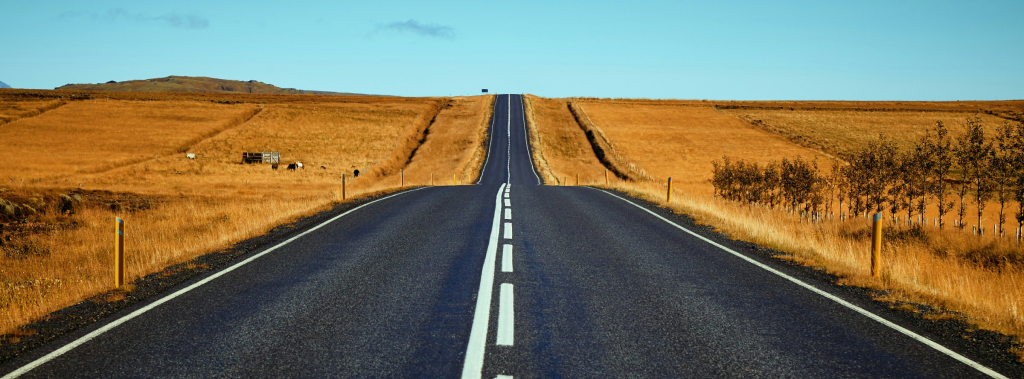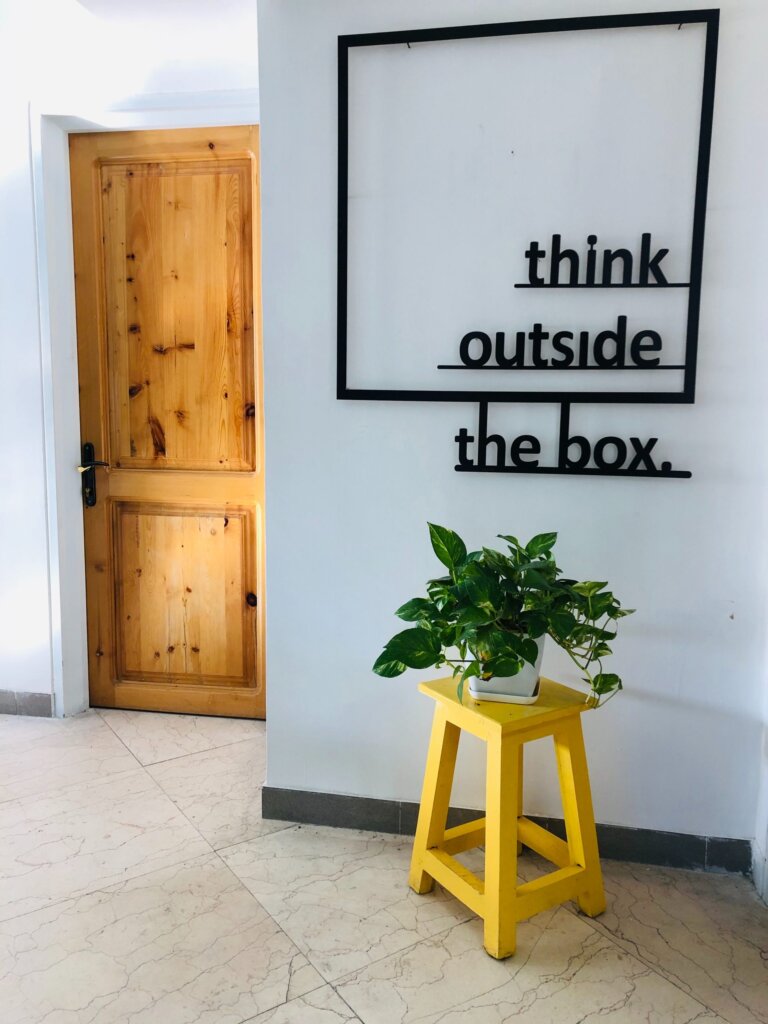High Road Leadership Preview: The 3 Leadership Roads We Can Take

The following blog post is an adapted excerpt from John Maxwell’s upcoming book, High Road Leadership: Bringing People Together in a World That Divides, releasing May 7. Click here to preorder the book today and receive $299 in bonuses.
For more than fifty years, I have committed my life to helping people lead better. At the age of twenty-five, I came to the conclusion that everything rises and falls on leadership. That realization motivated me to give my life to studying and teaching leadership. In fact, today I am even more convinced of the crucial importance of leadership than at any other time in my life. But the state of leadership today makes me incredibly sad as a leader.
What’s sad is that we are living in a world where disagreement reigns and, instead of conditions getting better for people because of good leadership, people are becoming disillusioned and bitter because of bad leadership. In the United States, many people pick a side and turn against everybody they see as being on the other side. In our culture, there is a chasm between us and them. On our side are the people who think, act, look, vote, eat, live, speak, and work like us. On the other side is everyone else. People spend their time fighting about many issues we shouldn’t be fighting over. Even when someone “wins,” it’s a bad win because it’s not a win for most people.
If we think all these problems have been created by “the other side,” we’re missing the point. If we want a better culture, a better country, and a better world, we need to look in the mirror and recognize our own contributions to the division we’re experiencing. We need to have a change of heart and mind in how we treat people. Instead of widening the chasm between us, we need to build bridges and move toward others while looking for common ground. The way to do that is to become a leader who takes the high road. That is what this book is about.
Which Leadership Road Are You Walking?
I believe people choose one of three paths when they interact with others: the low road, the middle road, or the high road. As I describe them, you’ll recognize people you know based on how they treat others. Let’s start with the middle road because that’s where most people tend to travel.
1. THE MIDDLE ROAD.
When we travel the middle road, we value fairness. We are open to give-and-take to keep things even. We think, I have received this much, so I should give that much. We are willing to compromise—as long as we’re getting at least as much as we’re giving, and we’d prefer that we get our share first.
That can work if we are trying to be positive, though this kind of mindset is limiting because it is very transactional. What about on the negative side? When people taking the middle road get hurt or taken advantage of, their natural reaction is to take an equal measure of revenge. Old Testament law states, “But if there is serious injury, you are to take life for life, eye for eye, tooth for tooth, hand for hand, foot for foot, burn for burn, wound for wound, bruise for bruise.”6 But that doesn’t bring people together. As Mahatma Gandhi is reputed to have said, “An eye for an eye makes the whole world blind.”
I understand why many people choose the middle road. It makes sense. It seems to promise security. We can calculate what we give and what we get to try to keep everything in balance. We can seek justice when we’ve been wronged. When democratic governments work, their leaders often take the middle road, with people coming to the table willing to compromise. They will give something in order to get something.
But there are downsides to middle-road thinking. We might be willing to work with people on the other side, but we want the other side to make the first move. We want them to listen first, then maybe we will decide to listen too. We want them to acknowledge the good ideas our side offers first, and then maybe we will be open to their ideas. We want them to be fair first, to change, to give us justice, and to make things right. Then—maybe—we will treat them the same way. Until then, we wait. And sadly, we often continue to wait.
Another downside of the middle road is that if we take it, we will always be calculating and keeping score. What many don’t know is that they’re missing a whole level of living that can’t be achieved through calculation. They’re missing out on the greater blessing that comes from living and giving on the high road.
2. THE LOW ROAD.
Before we examine the high road, let’s look at the low. Where people on the middle road strive for fairness, people on the low road think only of themselves. On the low road, they look out for number one, as the old saying goes. Truly, we’re all naturally selfish. I know I am. But low-road leaders take from others and don’t even think about giving anything back. Why? Because they believe taking is the only way they can get what they want. If they don’t do whatever it takes to get what they desire, they believe they will be left out or get left behind.
I’ve also observed that more and more people who travel the low road think the world owes them. They see themselves as victims. So when they take from others, they believe they are settling a score or making the world fair for themselves. But because they consistently take from others to get what they want, they are actually making the world less fair. They are taking advantage of others for the benefit of themselves or their side. And when low-road people have positions of leadership, they do even greater damage because they devalue other people. They belittle, criticize, and undermine others to get what they want or maintain the upper hand.
Leaders on the low road leverage the chasm that separates people. If they could, they would widen it. If they can’t, they’ll settle for talking about how deep and wide and uncrossable it is. They don’t want to build bridges. They keep people divided as much as they can because they believe it will help them maintain whatever position and power they have.
Low-road people can suck the life out of others because they think only of themselves and getting what they want. Ironically, even though they are constantly taking, they are never satisfied. They live in a perpetual state of neediness. The more they take, the more they want. The cycle never ends.
3. THE HIGH ROAD.
Where the middle and low roads are me-first, the high road is others first. High-road people intentionally give first without worrying about receiving anything back. They aren’t trying to make their interactions fair , because they acknowledge life isn’t fair. They value every person and treat each one well whether that individual is traveling on the low, middle, or high road. As a result, they want to keep the balance in the other person’s favor because they know it makes the world a better place. And they don’t worry about not getting their share because they believe there’s enough to go around for everyone.
The Cambridge dictionary says the meaning of “take the high road” is “to behave in a moral way when other people are not behaving morally.” But when I refer to the high road, that’s not exactly what I’m advocating. High-road leadership has nothing to do with being morally superior or righteous. The high road is not necessarily the moral high ground. Being a high-road leader doesn’t make you better than others. Nor is traveling the high road simply a matter of good character. Yes, high-road people have good character, but so do many middle-road people.
The ability to take the high road requires something more. It requires the right mindset. Instead of focusing on self, we must focus on the well-being of others. Instead of promoting ourselves, we must promote others. Instead of gathering attention for our benefit, we must direct it to others. We must look for the good in people to try to bring out their best. This is a mindset anyone can choose to adopt. And when we find ourselves engaging in low-road behavior, which everyone does at times, we shouldn’t make excuses. We should correct ourselves, make amends, and return to the high road.
Now that you understand the three roads, compare them side by side:
| High-road leaders… | Middle-road leaders… | Low-road leaders… |
| value others. | seek value from others. | devalue others. |
| bring people together. | move back and forth. | divide people. |
| close the gap between people. | live with the gap between people. | widen the gap between people. |
| give more than they receive. | give equal to what they’ve received. | take more than they give. |
| give first. | give back. | give nothing. |
| don’t keep score (unconditional giving). | keep score. | don’t keep score (unconditional taking). |
| want you to win. | want us to win. | want me to win. |
| treat others better than they are treated. | treat others the same as they are treated. | treat themselves at others’ expense. |
If you want to help create a better world, commit to being a high-road leader. Treating others better than they treat you, and with consistency and without judgmentalism , is the best way to bring people together, and it’s the only way to make the changes we want to see in our world.
Are you leading on the high road?
We’re living in a world where disagreement reigns and people are divided. Too many leaders are serving themselves. In High Road Leadership, foremost leadership expert John C. Maxwell teaches how to make your leadership rise so that you can bring people together and inspire them to achieve good results together. Click here to preorder the book today before its release on May 7th and receive $299 in bonuses.
More Articles

Do I Believe The Best In Others?

BIG ANNOUNCEMENT!









Be the first to comment on "High Road Leadership Preview: The 3 Leadership Roads We Can Take"